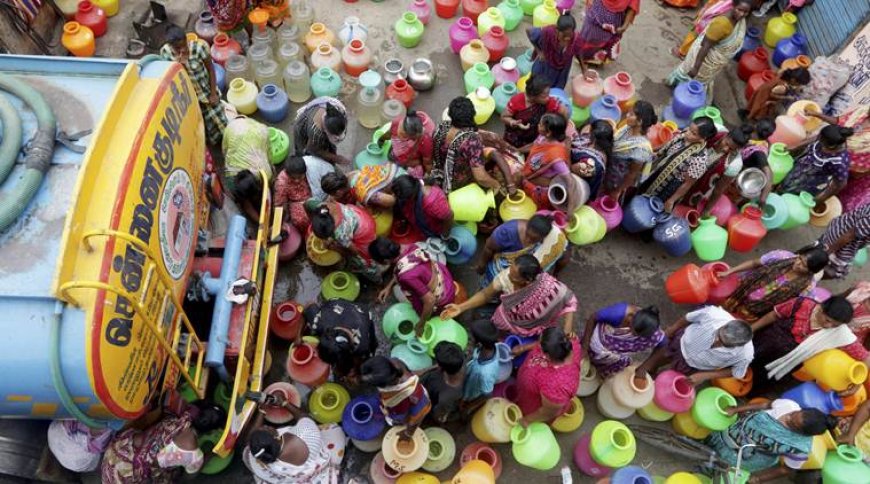6 Indian cities that could face water shortage in the near future

WATER scarcity isn't just Bangalore's battle; it's a nationwide crisis looming over India's urban landscape. Several major cities could soon be grappling with severe water shortages, presenting formidable challenges for residents and policymakers alike.
Mumbai: With increasing water demand, erratic rainfall patterns, and diminishing water sources, the city is facing a looming crisis. The situation is compounded by rapid urbanisation, inadequate infrastructure, and inefficient water management practices. The Brihanmumbai Municipal Corporation (BMC) often imposes water cuts due to dwindling water stocks in the seven lakes that supply water to the city and a lack of alternative water sources.
Jaipur: The city's expanding population and growing industrialisation have intensified water demand, surpassing available supply. Jaipur relied on the Ramgarh Dam as its primary surface water source for much of the 20th century. However, by the late 1980s and early 1990s, the viability of the dam as a water source diminished, compelling a complete transition to groundwater reliance. Consequently, this shift has led to a swift depletion of the city's aquifers, exacerbating the water scarcity issue.
Bathinda (Punjab): Bathinda is grappling with water scarcity driven by agricultural overexploitation and dwindling groundwater reserves. The region's heavy reliance on groundwater for irrigation, coupled with inefficient water usage practices, has resulted in significant aquifer depletion.
Lucknow: Environmentalists have raised alarm bells about the impending water scarcity in Lucknow. It is estimated that its residents extract groundwater equivalent to one-third of the Bhakra Nangal dam’s capacity annually to meet their water needs. Furthermore, over 750 government tube-wells and 550 private tubewells contribute to millions of litres of groundwater extraction. These are no longer getting recharged due to erratic rainfall, a drying Gomti and tributaries, and urbanisation, exacerbating the strain on water resources.
Chennai: Despite Chennai's considerable annual rainfall of about 1,400mm, the city found itself in the grips of a dire water crisis in 2019, emerging as one of the first major cities worldwide to exhaust its water supply and resorting to the daily transportation of 10 million litres of water to meet its population's needs. While the city has witnessed significant rainfall in recent years, its susceptibility to extreme weather events, compounded by rapid industrialisation and urbanisation make it vulnerable to a water crisis.
Delhi: Every summer, parts of Delhi grapple with acute water scarcity, exacerbated by contamination of the Yamuna and groundwater depletion. Sixty percent of the water supplied by the Delhi Jal Board is sourced from the polluted Yamuna, while the remaining comes from groundwater. Reversing groundwater depletion and improving water quality are critical to addressing Delhi's water woes.
